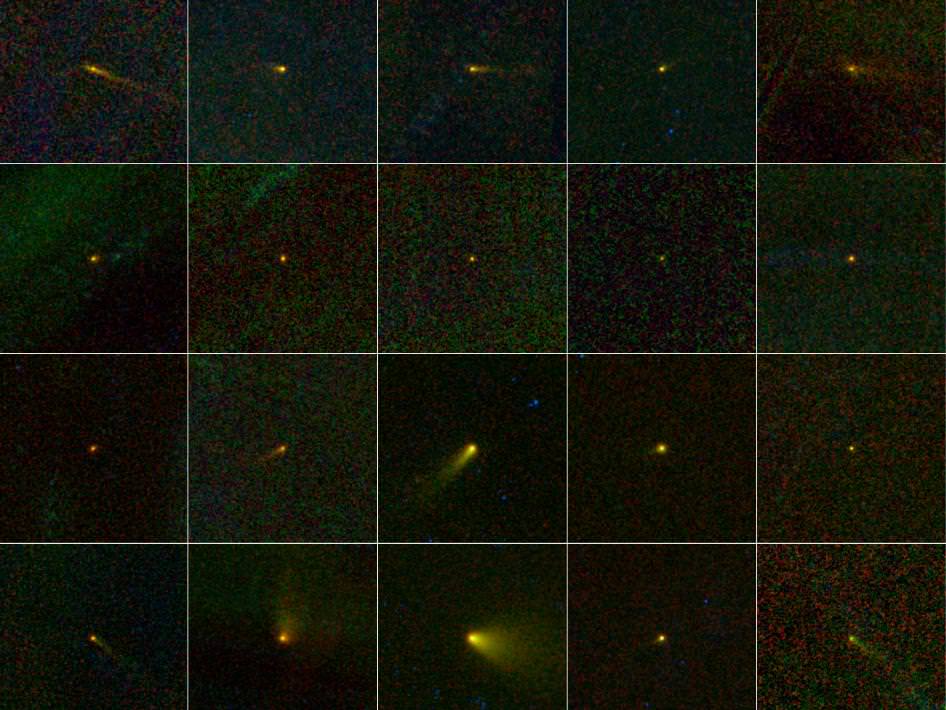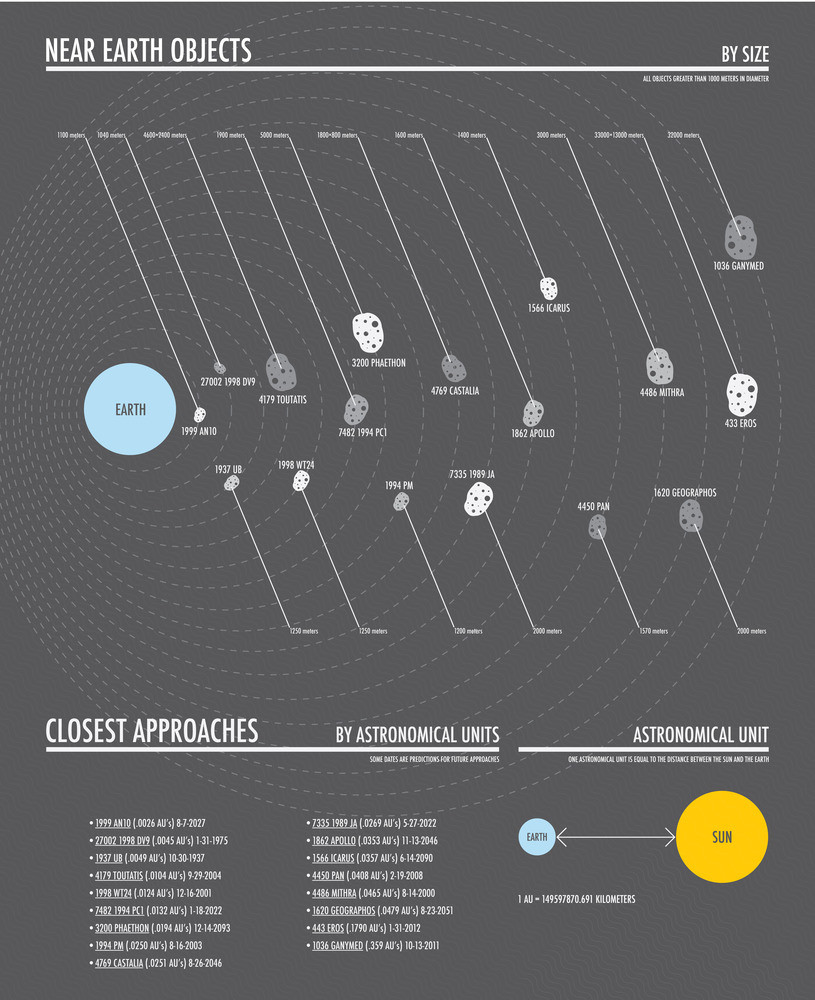We can’t just go into space with a big butterfly net or catcher’s mitt, so how in the world could we capture an asteroid?
Ah asteroids, those dinosaur-killing, Scrooge-McDuck-moneybins from heaven.
They’re great and all, but you know what would be better? All the asteroids gathered up and put in a nice safe orbit where we harvest out all their precious sweet, juicy platinum cores.
Instead of nervously scanning the heavens, wishing we had more iridium at our disposal, we could seek out all the asteroids in the Solar System and push them somewhere we can get at them, whenever we want after we dump them into the orbital equivalent of a lazy susan.
Okay fine, instead of pushing all the asteroids around, maybe we should start with one. Get that right and we can extend our plans to the rest of the delicious space rocks we crave.
I know this sounds like just another pie in the sky “Fraser-Cain-double-plus-crazy” plan, but I’m not the only one to propose this idea. In fact, NASA has expressed plans to reach out and capture an asteroid and maybe put it into orbit around Earth.
There are many benefits to this plan. We’ll learn just how hard it is to move asteroids around, should we find one on a dangerous trajectory. We’ll learn how to land on an asteroid, and extract its precious resources. And of course, there’s the science. So much to learn from a pet asteroid. Also, if anyone ticks us off we can lop off clumps and hurl it at them. So a dinosaur killing space rock, returned safely to Earth? That sounds a little dangerous. Possibly a species-wide Darwin awards moment.
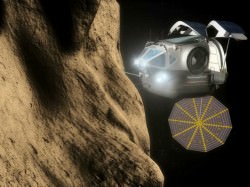
How exactly does one capture an asteroid, and how could we move it back to Earth without killing us all, and more importantly will the Aliens have Darwin awards when we accidentally wipe ourselves out? This sounds like a job for BRUCE WILLIS.
As you may suspect, scientists have come up with a vast collection of clever ideas to move asteroids around. They all come down to the same challenge. You somehow need to impart a thrust to an asteroid. NASA has also informed me that involving Bruce Willis is optional, despite my insistence and extensive letter writing campaign.
One basic idea would be to fly down to the asteroid and install some kind of thruster on it. Perhaps an efficient ion engine, or a rail gun that throws off chunks of rock into space, imparting a thrust to the asteroid. The problem is that asteroids are often spinning, so you’d need to stop that rotation before you could fire up the thrusters.
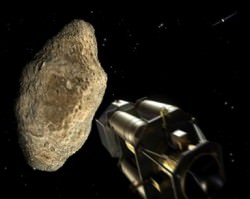
Another idea would be to set off nuclear explosions nearby and just push it in the right direction with raw explosive power. By setting off the nuke close enough to the asteroid’s surface, you expel vaporized rock, which acts like a thruster. Also known as the “Ben Affleck Special”.
This one’s going to sound crazy, but scientists are serious. Airbags. You could bump a large inflated bag against the asteroid again and again to slowly nudge it in the direction you want. The rotation doesn’t really matter because the time you contact the asteroid is so brief.
Don’t like that? How about a gravity tractor? Now I’ve got your attention! You could fly a spacecraft really close to the asteroid, which would then attract it slowly, pulling it in the direction you like. As long as the spacecraft keeps thrusting away from the asteroid, you’ll keep pulling it along like a kite on a string.
These are just some of the big ideas. Scientists have proposed some sort of one sided space graffiti, painting them silver, possibly attaching solar sails, or even vaporizing rock with lasers to provide thrust.
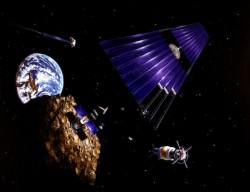
There’s another idea which deserves mention, and I’m going to warn you right now, it’s pretty terrifying. It’s called aerobraking. Instead of using energy to slow the asteroid and put it into the perfect orbit, we use the Earth’s atmosphere to help asteroids shed a tremendous amount of velocity.
By allowing an asteroid to pass briefly – briefly! – through the atmosphere of the Earth, you could decelerate it significantly. Make a few of these passes and you should be able to get it into a nice safe orbit around Earth. Of course, get it wrong and you crash an asteroid into Earth. So, there’s that. It would absolutely make a mess of our lawn, and we’d be the laughing stock of the local group.
Asteroids are precious resources, just waiting for us to reach out and harvest their minerals. Fortunately, we’ve got a range of strategies we can use to move them around. One of them has got to work… right?
Which idea for moving an asteroid do you like the best? Which one really freaks you out?


